All about the profession restorer
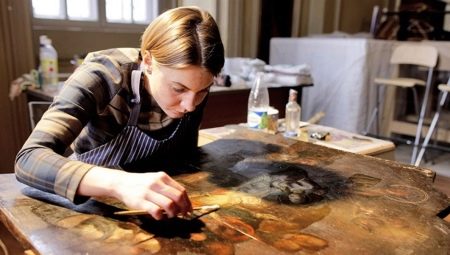
Sooner or later, each person is faced with the need to choose the right profession. The specialist who is responsible for the preservation and restoration of cultural monuments is called a restorer.
Peculiarities
Such people appeared in the Middle Ages. Over time, experts in the area under consideration began to preserve the original appearance of cultural objects.
According to the modern description of the profession, the main activity of the restorer is conservation after the object of art has been restored. A person of the described profession should be able to remove cracks, chips and other types of damage.
To preserve the object in its original form, various methods are used, including chemical processing, the level of optimal humidity in the room where the object of art is stored is determined, and lighting is carefully selected. Before starting work, the restorer first inspects the object, evaluates its condition, determines the complexity of the damage and the material with which it will have to work. A great responsibility falls on the shoulders of a specialist, since he has to work with old books, paintings of great importance. Sometimes you have to work together with historians, to consult with archaeologists and chemists.
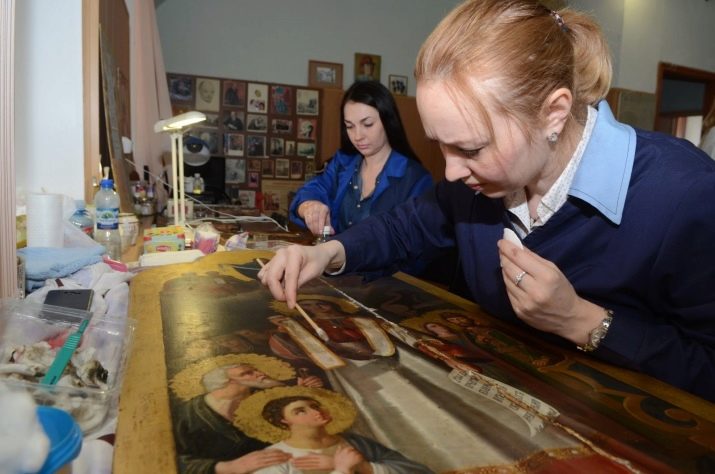
A conservator-restorer is a professional who preserves and restores objects of significant cultural or historical value.Such a specialist is highly devoted to his work, he is attentive and careful, since he is engaged in the preservation of objects of value in the artistic, aesthetic, cultural, scientific and historical terms. A conservative restorer must have both theoretical knowledge (theory of fine arts, cultural and technological history, chemistry, biology) and practical technical skills.
Its role is to assess the material condition of an object, find strategies and apply scientific methods to maintain its integrity, prevent the destruction of the object and restore it. To do their job well, a specialist gets acquainted with the history and method of making an object of art. It also assesses possible causes of item deterioration, including:
- corrosion due to light, improper temperature or humidity levels;
- shipping;
- parasites;
- air pollution.
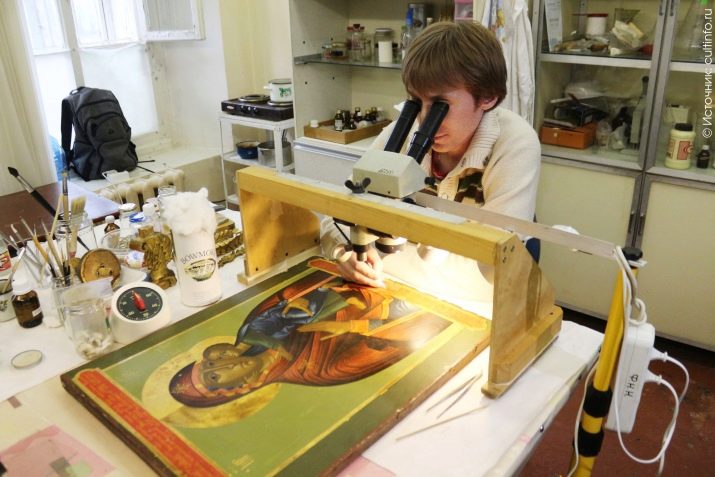
The restorer must correct the defects that have appeared over time. For example, add paint in a picture, restore a mosaic or ceramic pot, remove darkened varnish. It is imperative for the practitioner to document the method and procedures used and ensure that the recovery process is gentle and reversible. The restorer is then required to provide useful advice on future measures to prevent further decomposition of the work of art.
Sometimes it is best to create a copy of an object and display it rather than the original, as this requires special storage conditions.
The restorer has several specializations, not only a conservative. There are the following directions:
- museum;
- building;
- newer.
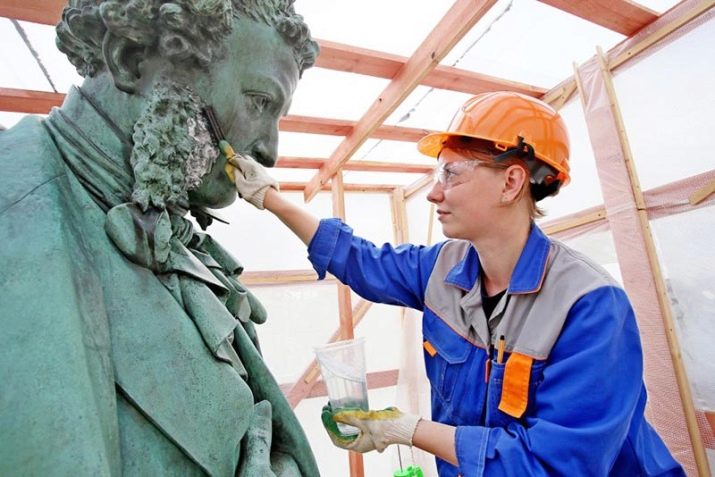
The museum specialist is not responsible for the specific restoration of art objects, but for their preservation within the museum. These are people who are obliged to constantly inspect works of art and prevent their destruction. There are also many branches in the considered direction:
- painter;
- jewelry master;
- weapons restorer;
- book specialist;
- specialist in icons.
The building restorer is responsible for the restoration and preservation of architectural objects. It must repair cracks and fractures that often cause collapsing buildings. Only those materials that correspond to the era in question can be used during work. A renovator usually not only restores objects, but also adds lost elements. Unfortunately, such work always leads to a decrease in the cost of the object.
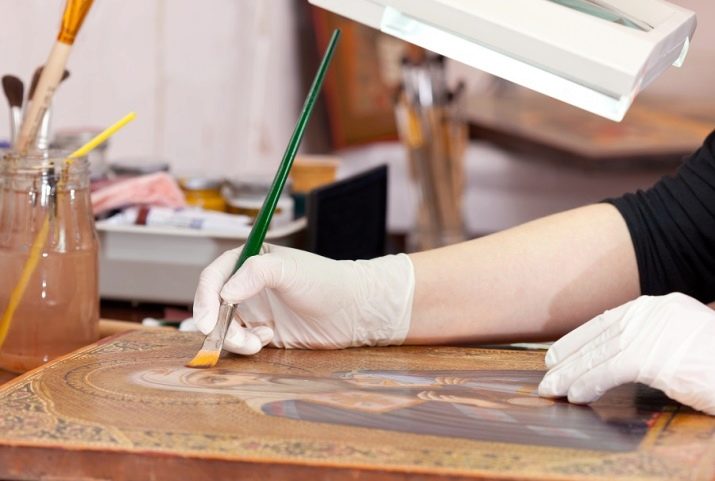
Pros and cons of the profession
The position of a restorer makes it possible to work with historical values. The demand for restoration in Russia is due to the large number of cultural monuments and works of art. The specialty in question gives a person the chance to contribute to the heritage and study the cultural heritage. It is always a great responsibility and interesting tasks that face a specialist.
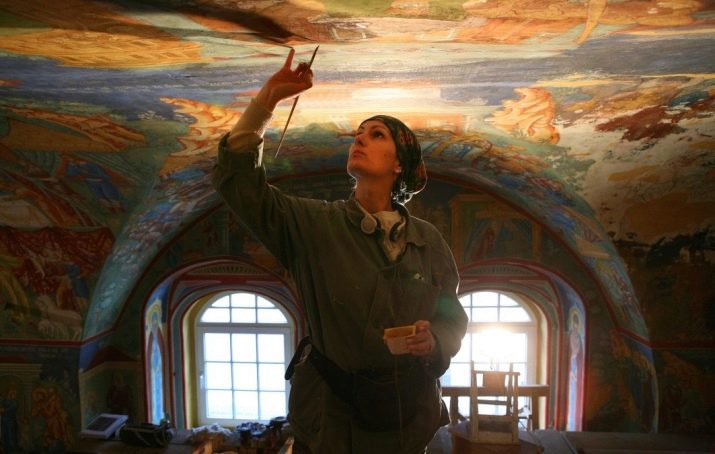
If a person has a lot of experience, he will always be accepted for a good job in a gallery or museum. There is an opportunity to develop your career and work in different directions. However, for those who dream of realizing themselves creatively, this profession is not suitable, since they have to neglect their ideas and give preference to historical plausibility.
Very often, representatives of the profession have to deal with the solution of complex problems, since it is not so easy to recreate the primary material. Good success is achieved only by those restorers who constantly improve their art and skills.
Any restoration technique is a complex process that requires from a person not only care, but also talent.
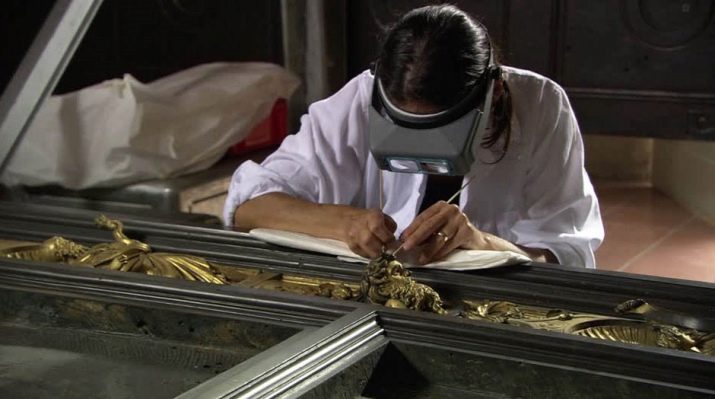
What are the responsibilities?
Depending on the direction chosen by the restoration master, his duties will differ.The restorer-artist works on the paintings, he restores the lost layers of paint, just like the restorer of icons. The jeweler-restorer makes old jewelry like new. It not only replaces lost elements, but also cleans metal.
The construction specialist is responsible for the preservation of architectural monuments. There are also representatives of the profession who deal exclusively with woodwork, others work on stucco molding, and still others love painting. Each of the described specialists has its own professional standard. This is a profession that every person cannot master. To be successful, you must have the following qualities:
- persistence and patience;
- attentiveness and ability to concentrate;
- respect for objects of art;
- desire to work with your own hands.
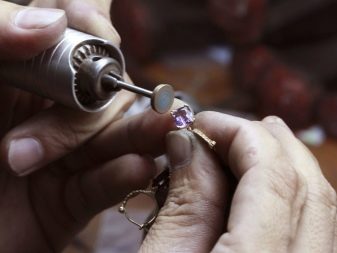
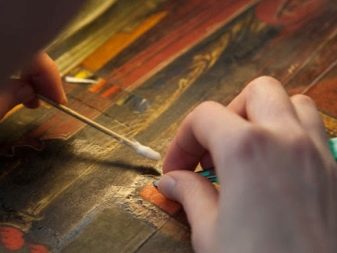
Among other things, the duties of the representatives of the described profession include:
- monitoring, listing and photographing cultural heritage sites;
- restoration of damaged objects to their original state;
- creation of the most suitable conditions for the preservation of fragile objects;
- identification of risks of deterioration of the state of objects and structures;
- advising local authorities, environmental authorities and other clients on measures to protect cultural heritage;
- processing of reports, which include a description of the location, size, structure and state of the object, as well as drawing up plans and estimates necessary for the restoration of the object;
- organization of exhibitions and shows;
- making copies of fragile items;
- documenting the processes and methods used for conservation and restoration;
- control the processing and transportation of cultural heritage objects;
- adhere to a code of professional conduct and confidentiality;
- know the laws of intellectual property;
- comply with labor protection and safety regulations;
- visit archives for research.
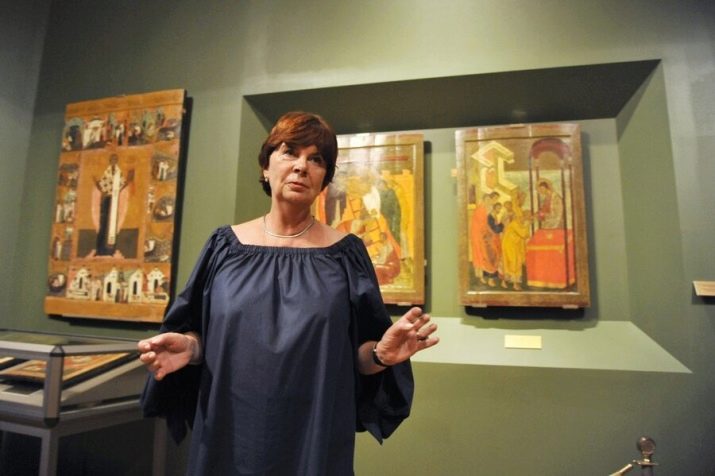
How can you become?
There are several ways to become a restorer. As a rule, such specialists specialize in the repair of one specific object. To obtain a specialty, you need to pass various subjects upon admission, including history, chemistry.
An undoubted advantage is the presence of a complete education in the Faculty of History.
After the specialist has passed the certification, he can get a job on advanced training. The internship takes place in museums and galleries, where they teach how to correctly use the methods studied in theory. Until a young specialist receives the necessary knowledge base and completes an internship, he is not allowed to work.
Some of the best Russian universities that train highly sought-after specialists are:
- SPbSU;
- Kosygin Russian State University;
- Far Eastern Federal University.
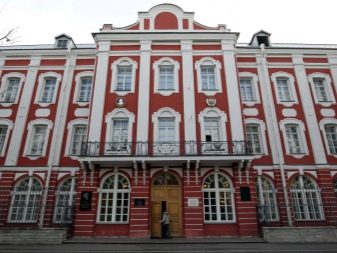

Depending on the direction, the term of study is from 2 to 6 years. It is imperative that every future applicant passes an additional creative test. Some students, after completing their course, go to graduate school to learn more. Perhaps the most common way to become a good professional is to learn from an experienced craftsman. People who have been in the profession for a long time are the most experienced teachers. Sometimes this additional training takes years.
The skills learned at the carpentry school can be useful in rebuilding old homes, not just building new ones. Art conservation programs are another way to become a restoration specialist. Students learn a little about the different methodologies used at work and then choose an area of specialization.
These programs require students to have experience in art, chemistry, and are therefore not suitable for beginners.
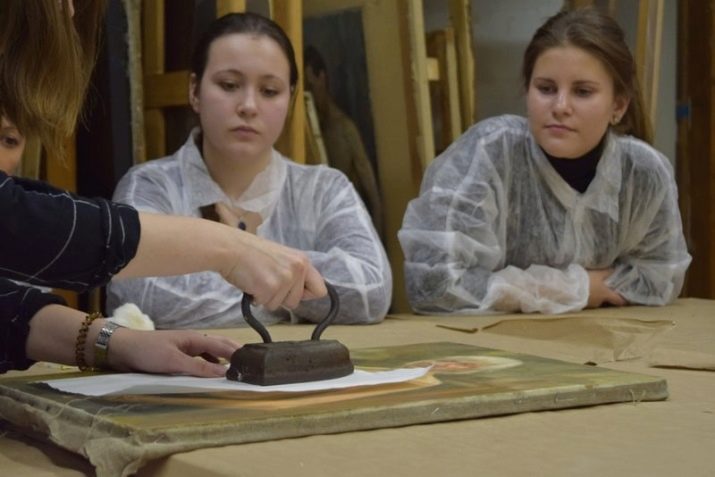
To do his job well, the student must study the history of the object to which he plans to devote his time.For example, a furniture restorer must know the history and styles of different periods in order to accurately remodel or renovate any item. It is very important to preserve the original appearance.
A person may specialize in restoring 18th century style chairs or oil paintings. This is a very narrow area. Training always depends on the chosen field: fine arts, archeology and architecture, but in some cases you have to study a craft. This applies to the restoration of metal structures, textiles, stained glass windows, sculptures, furniture.
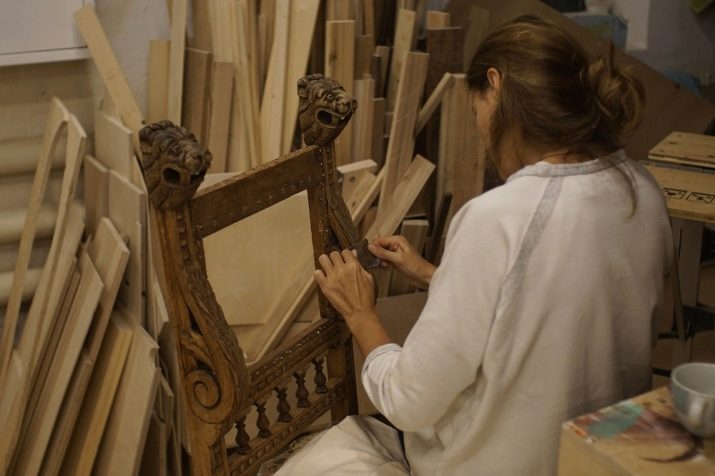
Further employment
Young graduates usually begin their activities in museums and various kinds of repositories. This is an ideal place to gain experience, increase the level. First, the employee is given permission to work independently, then he can supervise other employees. Even a restorer has a career path. At the highest level, he becomes the head of a research institute or museum.
Many young professionals choose to work in commercial organizations. A good craftsman is always in demand in an antique shop or historic boutique. When organizational skills are also on the list of positive qualities, then you can successfully start your own business. Such people buy art, tidy it up, and then sell it.
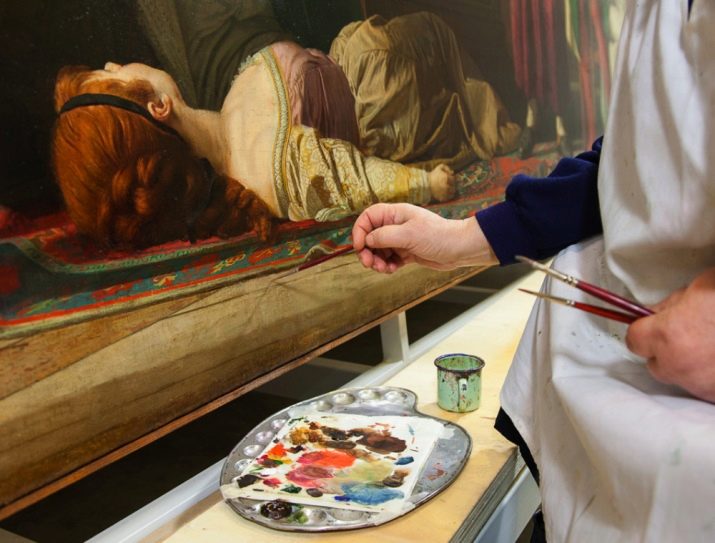
The salary
Some people think that it is impossible to earn much in the position of a restorer, but this is not entirely true, since the salary will directly depend on the experience and skills of a specialist. It is also worth taking into account in which country or even city you have to get a job. If there the average level of earnings for representatives of this profession does not even reach 30 thousand rubles, then one cannot count on big earnings.
For example, specialists in Moscow receive up to 100 thousand rubles, while the national average salary for a person involved in restoration is 45,000 rubles. Young craftsmen with no experience are paid no more than 25,000 rubles in museums, in commercial organizations this amount may be higher, but not significantly.
If you switch to independent activity, it is possible to increase your earnings up to 50,000 rubles, and sometimes even higher.

Some make huge money, but this is already a matter of the authority of the master. There are also very narrow specializations. It is not easy to find a specialist in such an area; accordingly, his level of earnings is always higher.








